Building a gigantic structure requires extraordinary feats of engineering, but it's not just the structure itself that's impressive. Sometimes enormous objects need to be moved, whether it's a rocket travelling to its launch pad, or even an ancient building being relocated. Here are some of the colossal moving machines that do the job.
Halley Antarctic Research Station
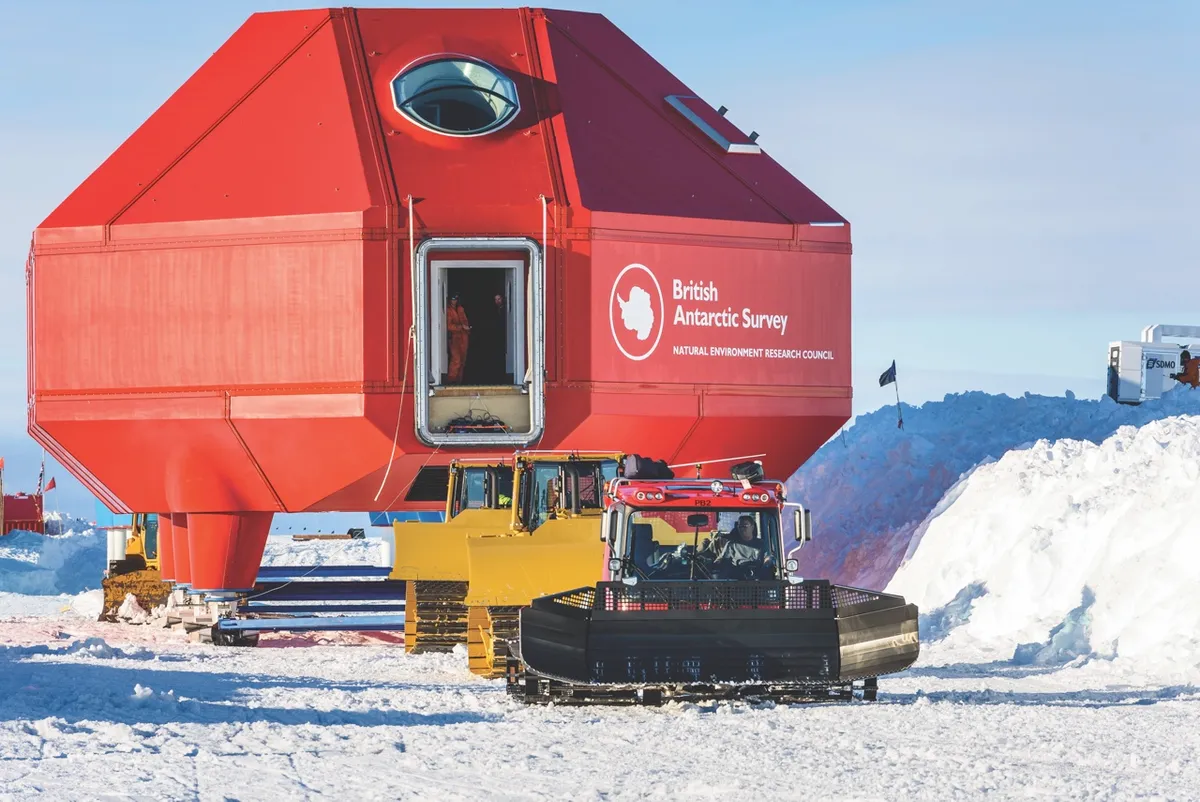
‘Big Red’ is the affectionate name for the main living area in the British Antarctic Survey’s Halley Research Station. It houses a dining room, kitchen, walk-in fridge, lounge, gym and a small bar. Empty, it weighs about 220 tonnes.
In early 2017, when the entire station had to be relocated 24km east (due to a crack in the Brunt Ice Shelf on which it sits), Big Red was one of the largest items on the shift list. Moving it required two bulldozers as well as a ‘snow groomer’ called a PistenBully, and took almost five hours.
Now back at their relocated base, Halley researchers continue to monitor the cracks in the ice shelf, study polar climate change and search for Antarctic meteorites.
ALMA telescope antenna
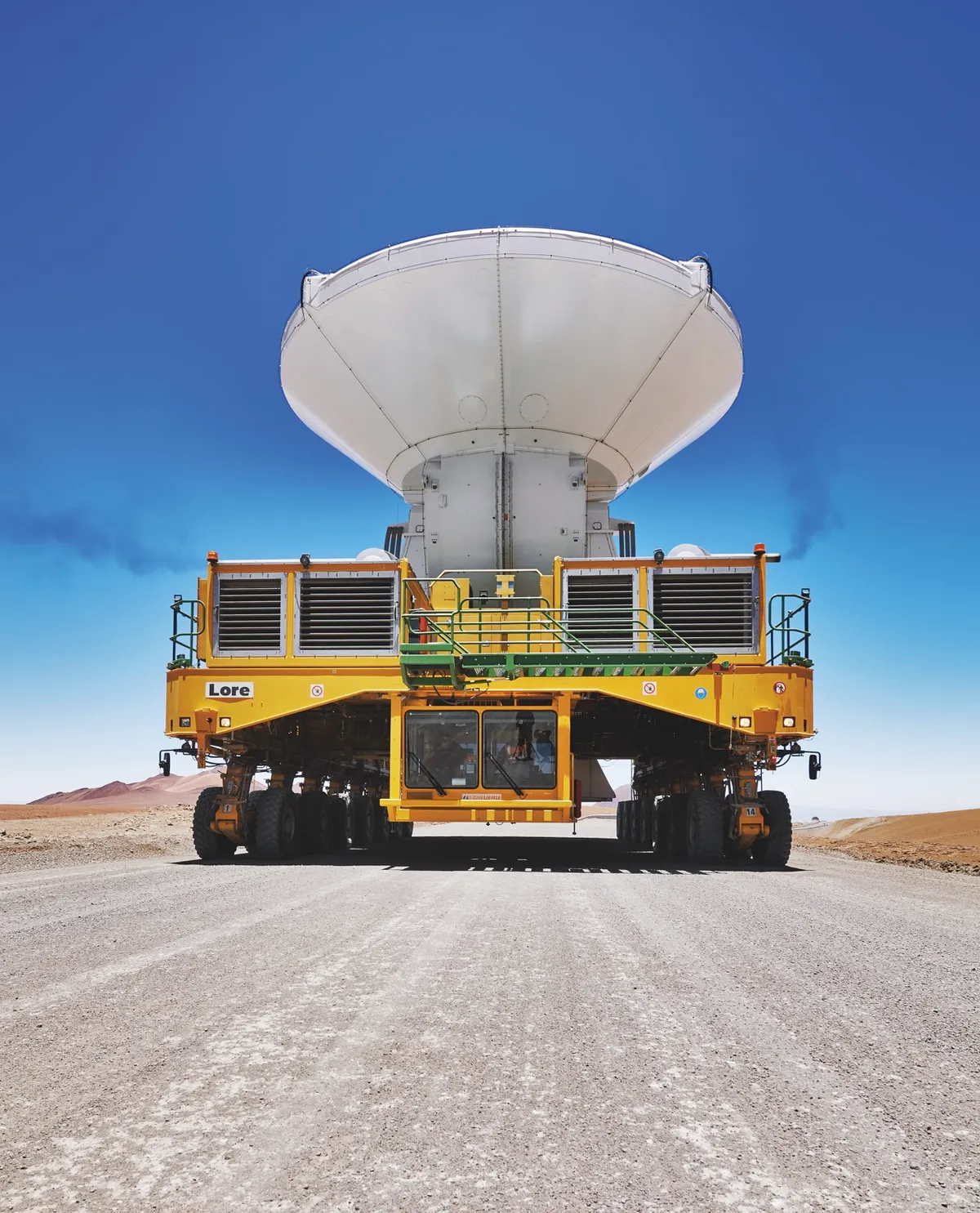
Astronomers in the Atacama Desert, Chile, are observing nearby galaxies to understand how stars are formed. Their work wouldn’t be possible without the help of ALMA, the Atacama Large Millimeter/submillimeter Array, whose 66 separate antennas are spread across the Chajnantor Plateau, 5km above sea level, to form a giant telescope. The antennas don’t stay put, though; they’re constantly being moved around – at a rate of about three a week – to bring different celestial objects into focus.
“Astronomers request their preferred telescope configurations based on the resolution and field of view of the targets they want to observe,” says Dr Norikazu Mizuno, ALMA’s head of engineering. In the image above, an antenna travels aboard ‘Lore’, one of two 20-metre-long transporters used to reposition the antennas. It’s a slow process though – when they’re loaded down like this, the transporters can only trundle along at 12km/h (7mph).
NASA’s mobile launcher
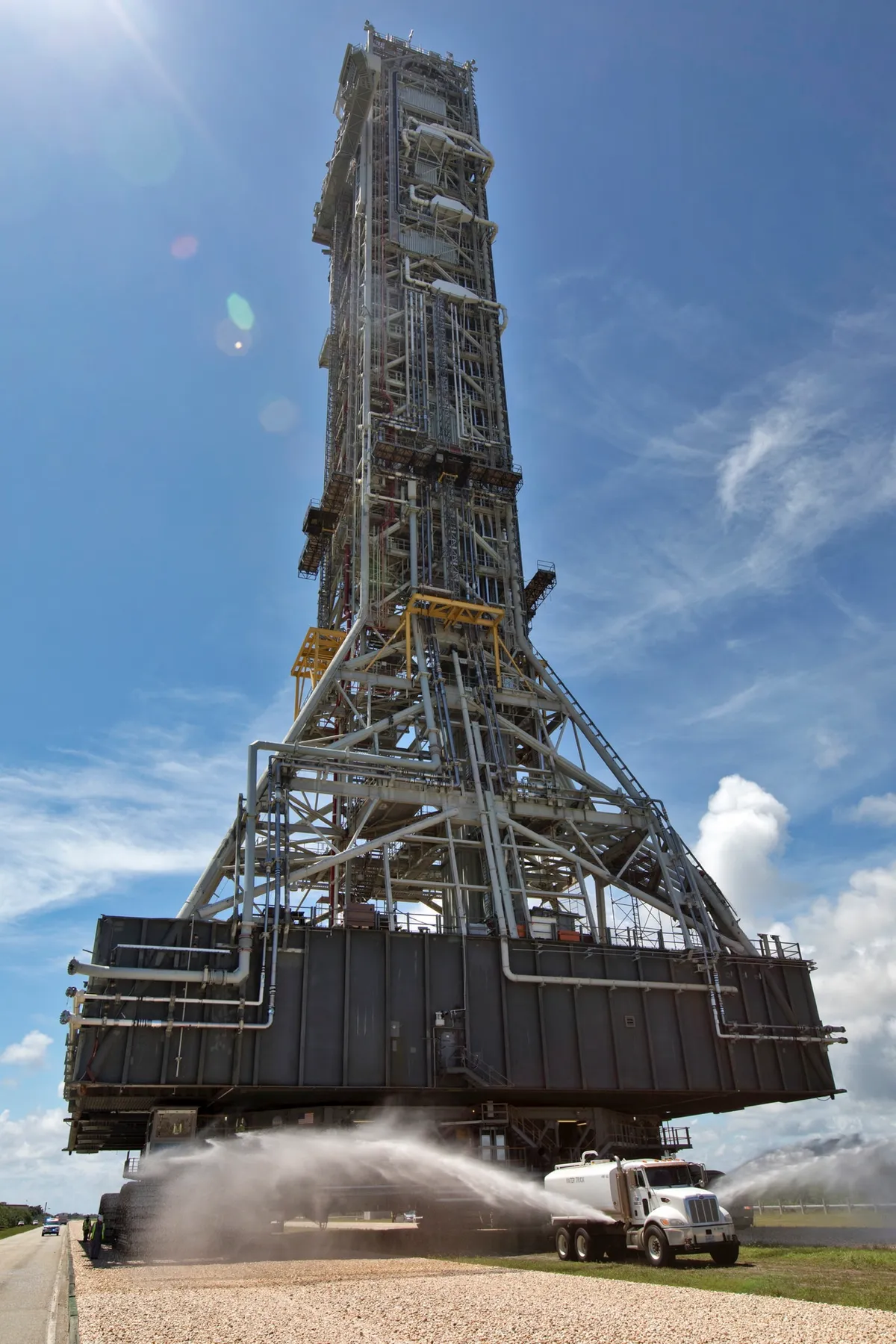
A truck sprays water to keep the dust down as NASA’s latest rocket launch tower is moved to Launch Pad 39B at the Kennedy Space Center, in Florida. This 115m-tall mobile launcher is currently undergoing testing. In the coming decade, it will provide pre-launch power, communication and electrical connections to NASA’s much-anticipated Space Launch System (SLS) – a next-generation rocket that will be powerful enough to take crews to Mars.
The vehicle that’s transporting the launch tower is one of NASA’s two ‘crawler-transporters’, which have been carrying rockets and spacecraft to the launch pads here for over 50 years. True to their name, these travel at a top speed of about 1.6km/h (1mph). The crawler in this picture has recently been modified so that it can lift over 8,000 tonnes, making it strong enough for the hefty technology that will take humans further from Earth than ever before.
Soyuz-FG rocket
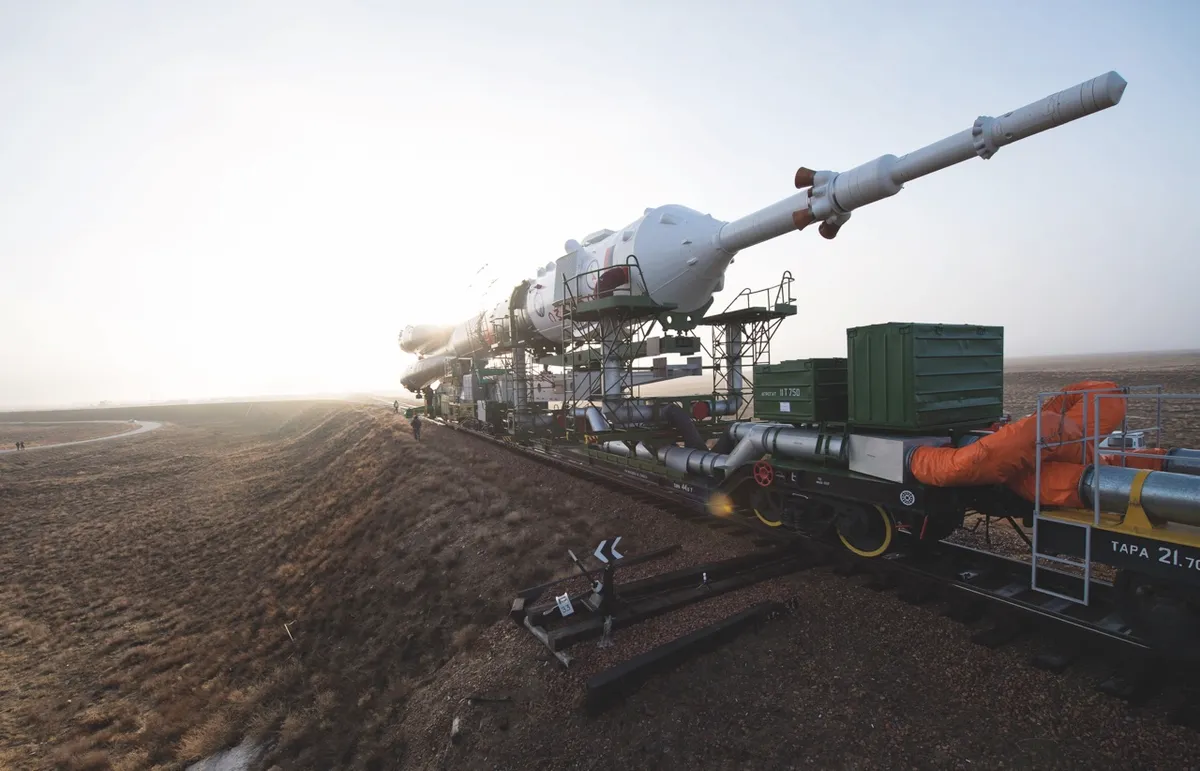
At the Baikonur Cosmodrome in Kazakhstan, it’s traditional to place coins on the train tracks when a rocket is being transported. The diesel-powered train crushes them as it crawls to its destination. Next stop for this Soyuz-FG rocket is the launch pad – the same one that witnessed Yuri Gagarin lift-off for the first manned space flight in 1961.
Two days after this photo was taken in March last year, the rocket ferried two US astronauts and one Russian cosmonaut into space, where they boarded the International Space Station (ISS). Most ISS launches now take place at the Cosmodrome after NASA closed down the Space Shuttle program in 2011. This Russian spaceport was initially built by the Soviet defence ministry in 1955 as a launching ground for ballistic missiles and was chosen because of its rail links. Today, the old train tracks provide a handy way to cart around these 305-tonne rockets.
Artuklu Hamam bathhouse
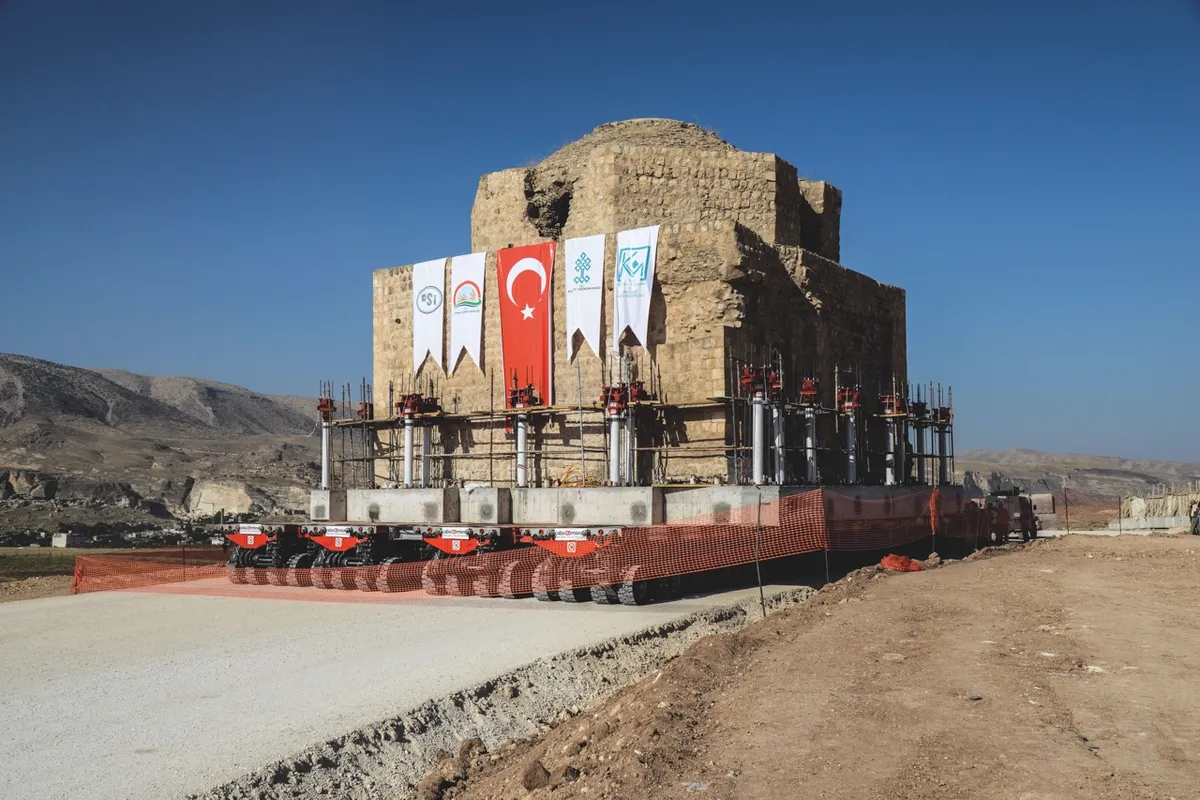
This centuries-old, 1,500-tonne bathhouse is relocating to an archaeological park outside the historic town of Hasankeyf, Turkey. The aim is to save it from the waters that will engulf Hasankeyf when the recently completed Ilısu hydroelectric dam is flooded.
Stabilised on a concrete platform, the bathhouse inches along on a 256-wheeled vehicle, taking over nine hours to travel just three kilometres. Thought to be at least 650 years old, it’s not the only monument being relocated – others include the tomb of Zeynel Bey (son of a 15th-Century leader) and a disassembled mosque.
It may sound impressive, but the move has been controversial. “The transferred monuments are cut from their foundations and moved to a site where they do not belong,” says Prof Dr Zeynep Ahunbay, an architectural historian at Istanbul Technical University. Activists at Hasankeyf say that the movement of the monuments has been carried out without proper consultation of the community or experts. For now, filling of the dam remains on hold since water shortages in 2018.
Wind turbine
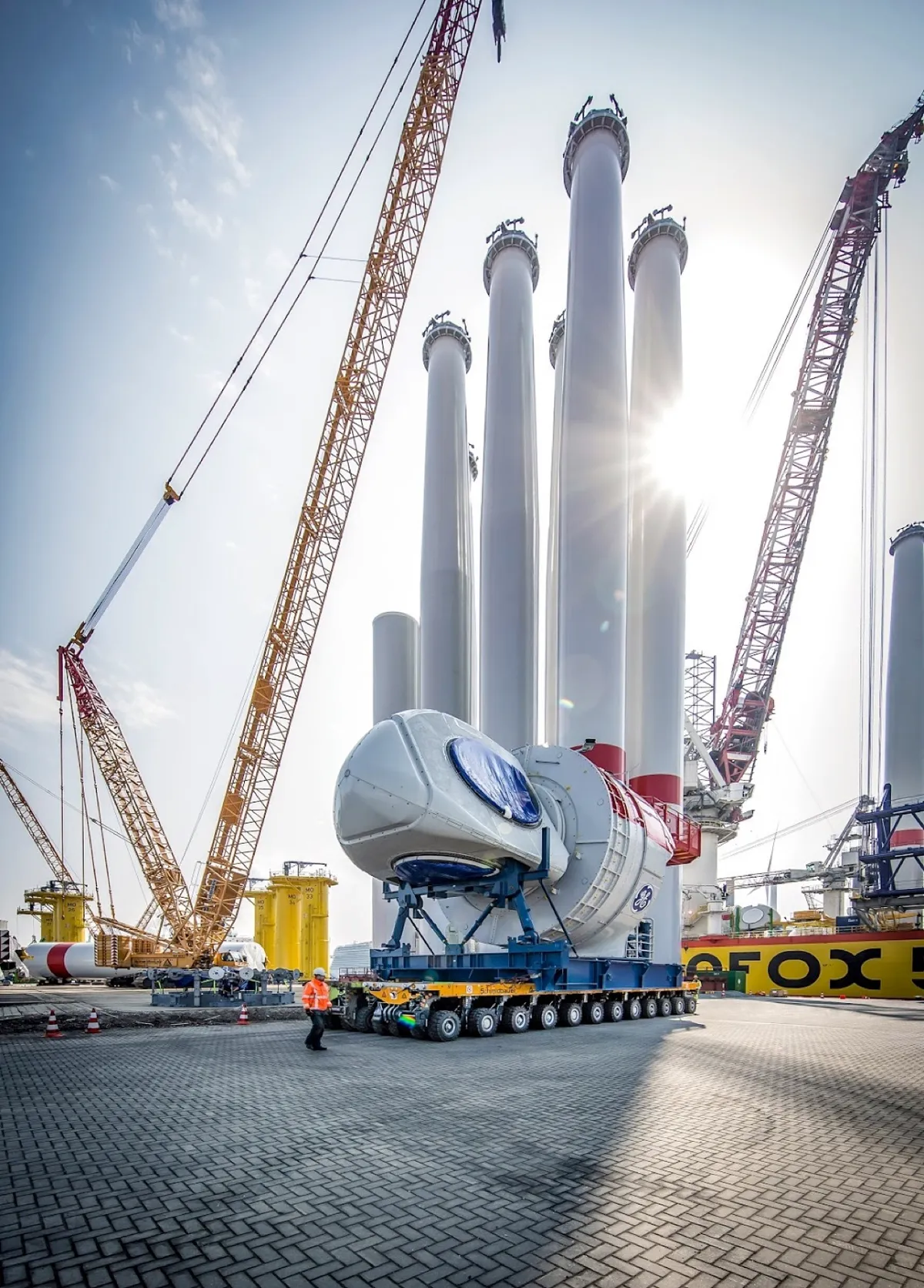
If you don’t have a vehicle large enough to transport your wind turbine, Scheuerle will make one for you. Since the 1970s, this German company has been building ‘self-propelled modular transporters’ (SPMTs) capable of carrying the world’s heaviest loads, from ships to satellites. These wheeled platforms are pieced together from smaller units, connected side-by-side or end-to-end, and sized especially for the job in hand.
In the seaport of Eemshaven, Netherlands, these wind turbine sections are being transported in an upright position, meaning that a more compact SPMT can be used. The SPMT built for the job combines four units to spread the load over 12 parallel axles, all of which can be controlled remotely, and separately, for precision steering. Theoretically, though, there’s no limit to the number of axles that could be used if you wanted a super-sized version.
- This article was first published onBBC Science Focusin March 2019 - subscribe here.
Follow Science Focus onTwitter,Facebook, Instagramand Flipboard
